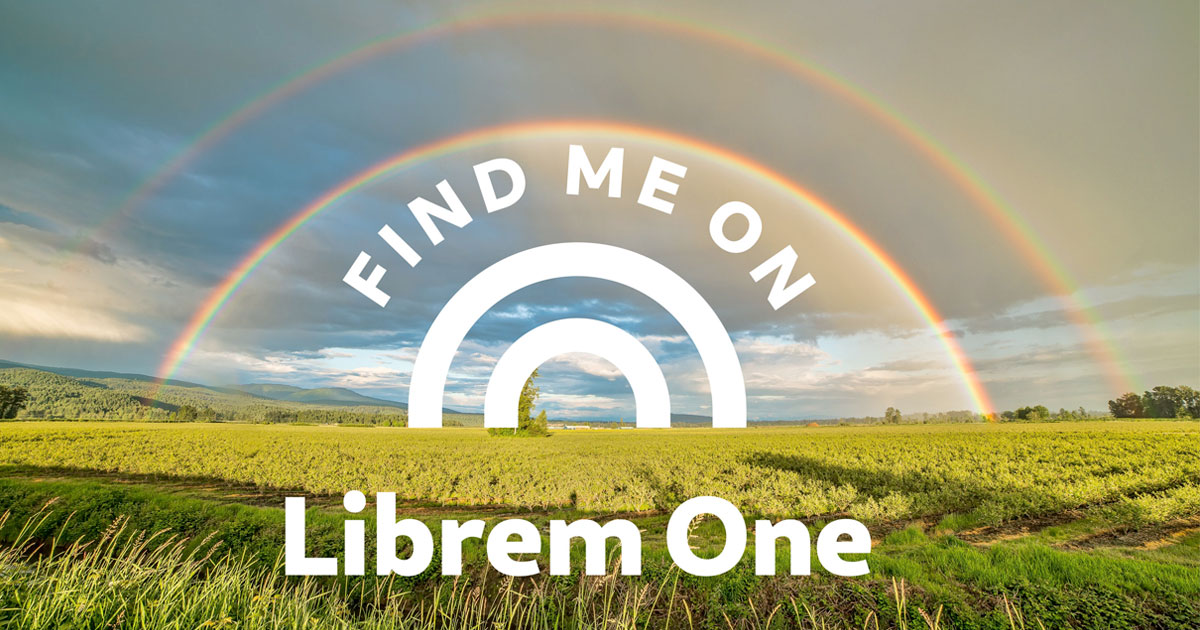Weekly GNU-like #MobileLinux Update (34/2024): Setup Tours and other fun stuff
https://linmob.net/weekly-update-34-2024/
#LinuxMobile #Phosh #postmarketOS #SailfishOS #UbuntuTouch #NemoMobile #PinePhone #Librem5
@linmob Cool, thanks! Fascinating to see #postmarketOS continuing to make inroads towards fully mainlining hardware not specifically designed to run Linux (eg the Pixel3A) as well as what's happening with PlasmaMobile and Phosh! Glowup also looks really cool, although it would be nice to actually have it potentially do it's thing directly from one of the camera apps.
Thanks for putting together this smorgasboard of #LinuxMobile news!
@linmob @Blort @martijnbraam Martijn also mentioned remote postprocessing some time ago, which makes sense too - my laptop does in 4 seconds what my phone does in 30.
The hard parts are there, what's left is some simple glue. I'm trying to encourage people to do this kind of nice entry-level tasks. Writing glowup.py took me just a few hours of fiddling with libadwaita in total, which would be better done by someone who'd like to learn this stuff and actually take it somewhere further.
@dos @linmob @Blort @martijnbraam Does it really take 4 seconds on a laptop? Is it running on the CPU or GPU?
Because maybe if such a process is running on more powerful hardware, I think it's smarter to utilize compute shaders if possible (be it OpenGL or Vulkan).
@thejackimonster @linmob @Blort @martijnbraam darktable uses OpenCL when available.
@dos @linmob @Blort @martijnbraam I see. Then it's really heavy post processing, I assume. ^^'
@thejackimonster @linmob @Blort @martijnbraam It's certainly optimized for quality rather than performance ;)
For the phone use-case, I see it as a stop-gap. I used darktable because it was there; that's what I used for manual RAW handling so I knew how to make it output something nice. I bet you could write a much more performant and suited-for-mobile processing pipeline with good enough results, but that's a bit more involved than some UIs and glues 😜
@dos @linmob @Blort heh I'm just busy trying to integrate lensfun into postprocessd to have better image quality. At least this way the postprocessing cpu usage will be serialized when taking multiple pictures and set to lower cpu priority.
The remote processing just needs a bit of image uploading infra that nobody seems to have built yet
Would love to see an Nextcloud app, or something similar that didn't necessarily rely on Nextcloud for this... especially since Nextcloud doesn't have ImageMagic or FFMPEG installed by default).
That said, for me personally, a Nextcloud app that integrated with Megapixels would be totes amazeballs.

@linmob @Blort @martijnbraam BTW. Doing what Glowup does directly from Millipixels/Megapixels is literally a one-liner which you can put there without even recompiling anything. You'll just have to deal with >30 seconds of 100% CPU usage and plenty of RAM being eaten each time you shoot a photo, which personally I don't find to be a very appealing idea 😂